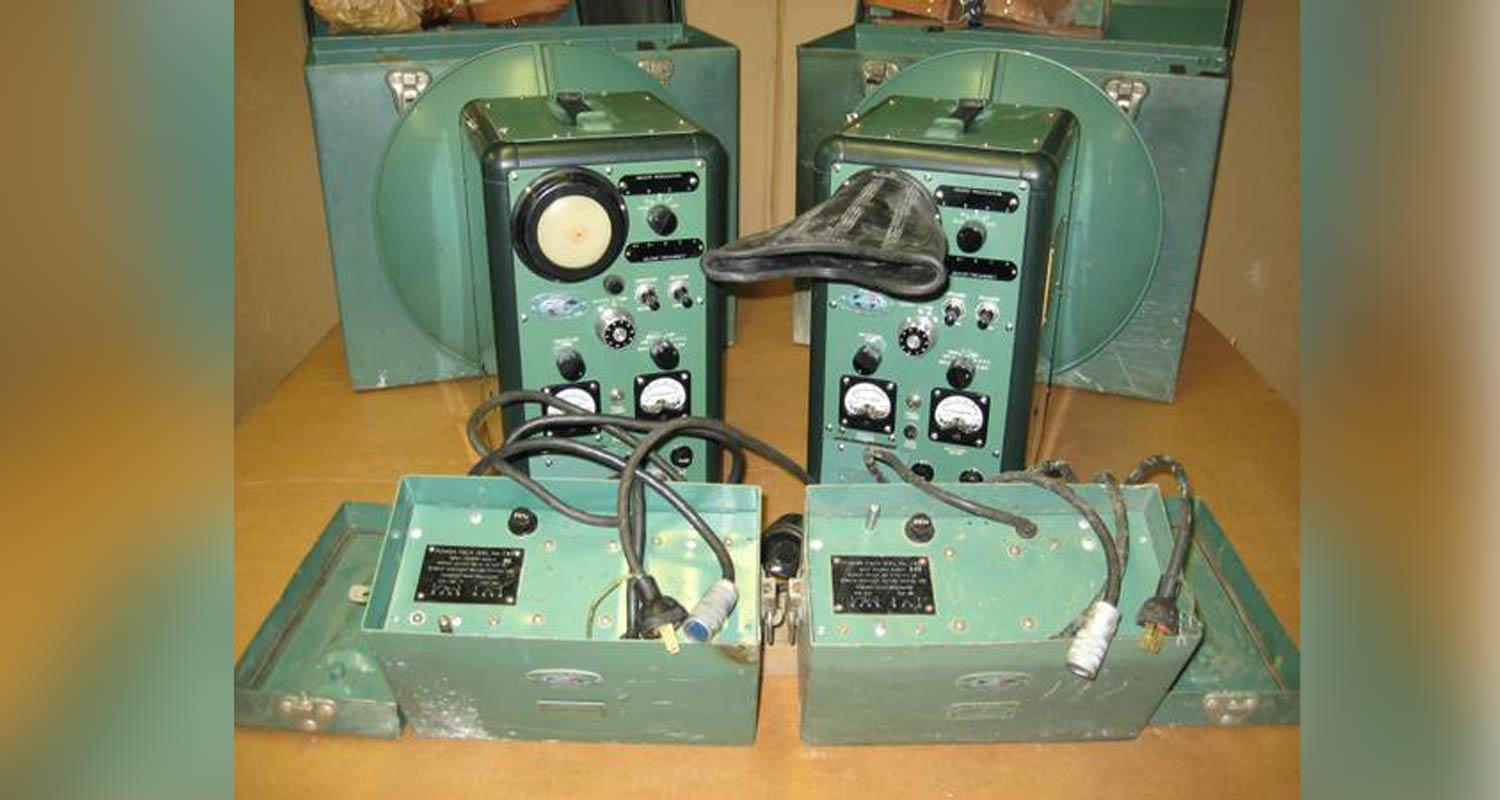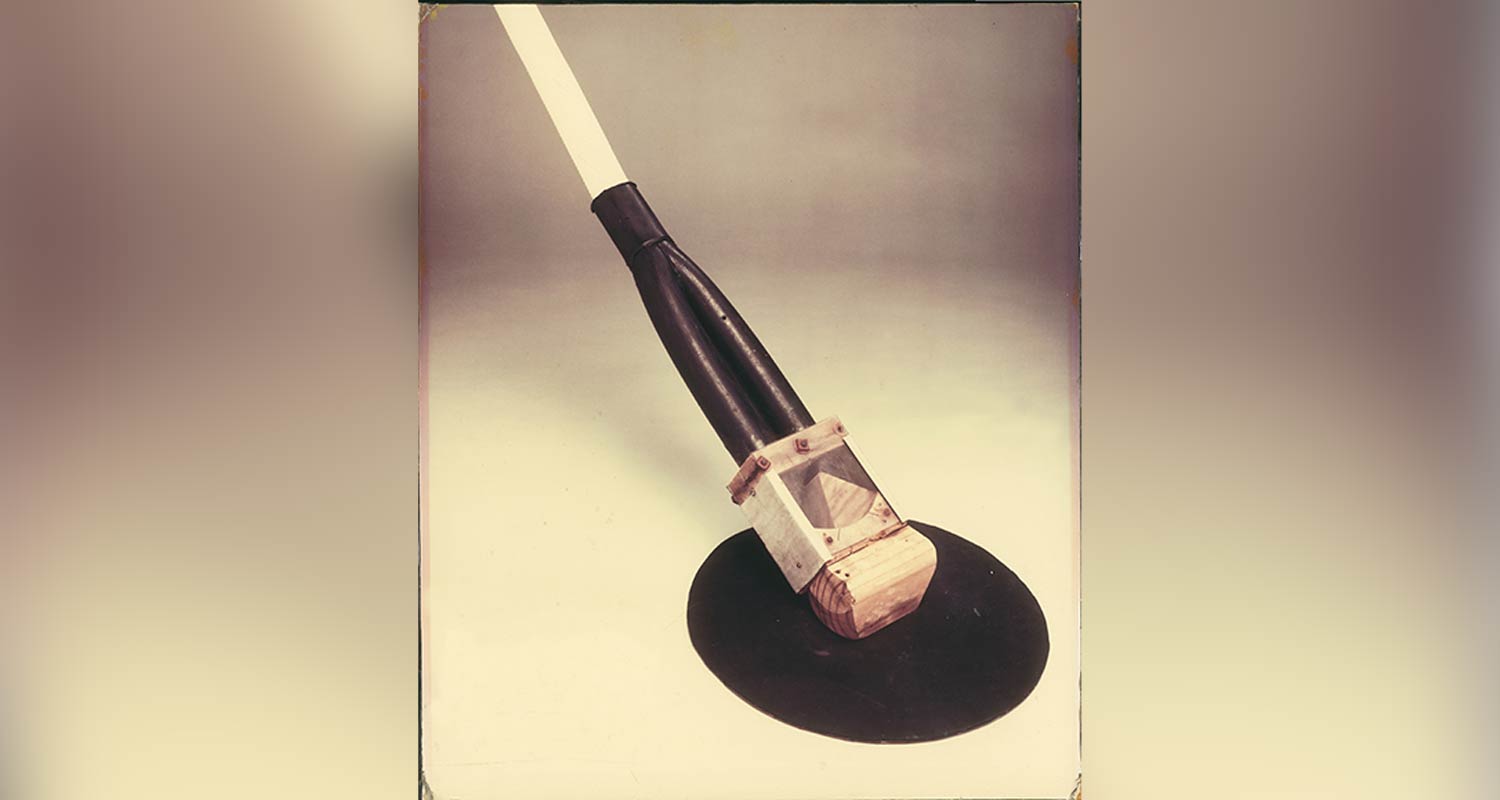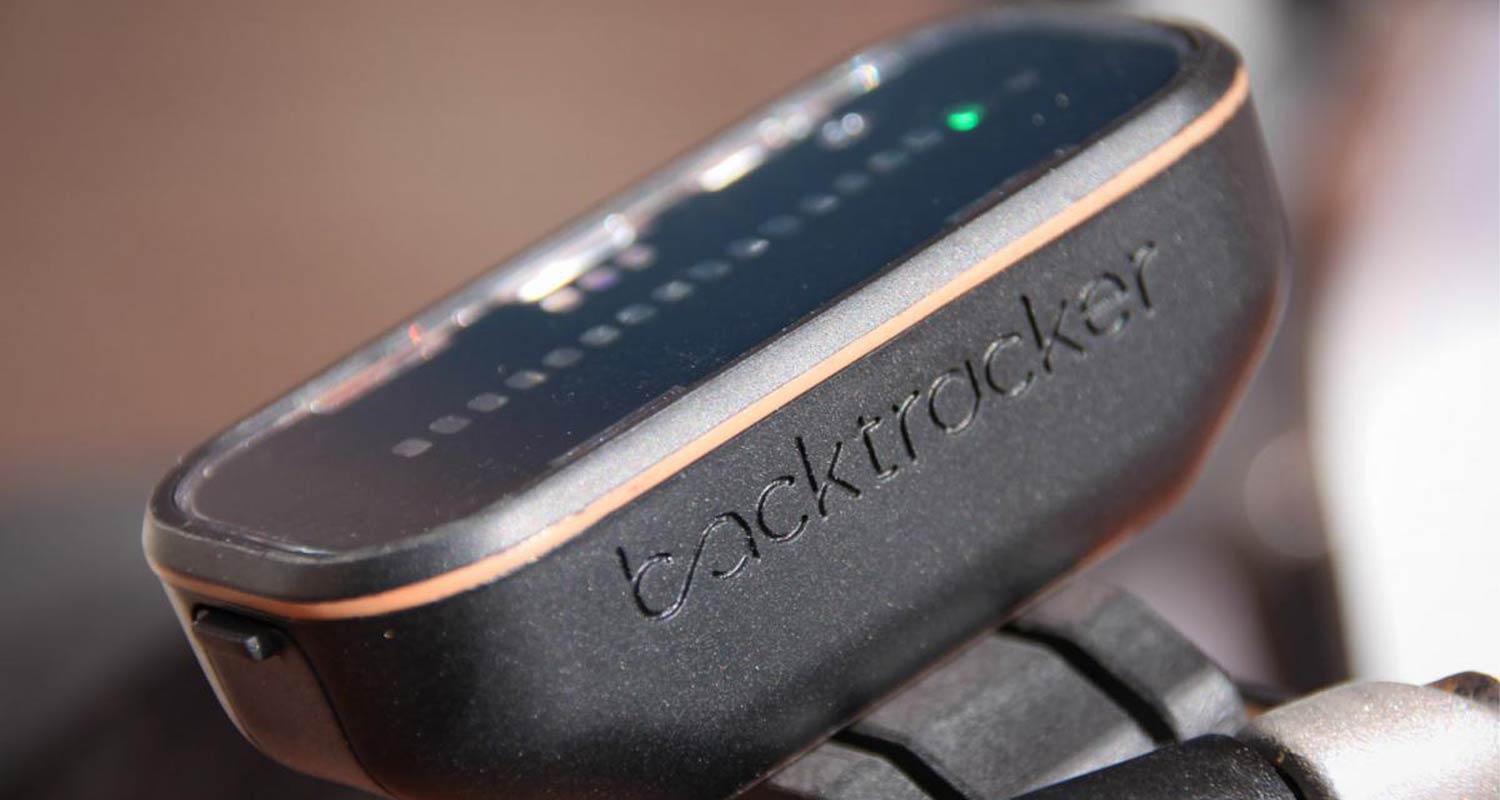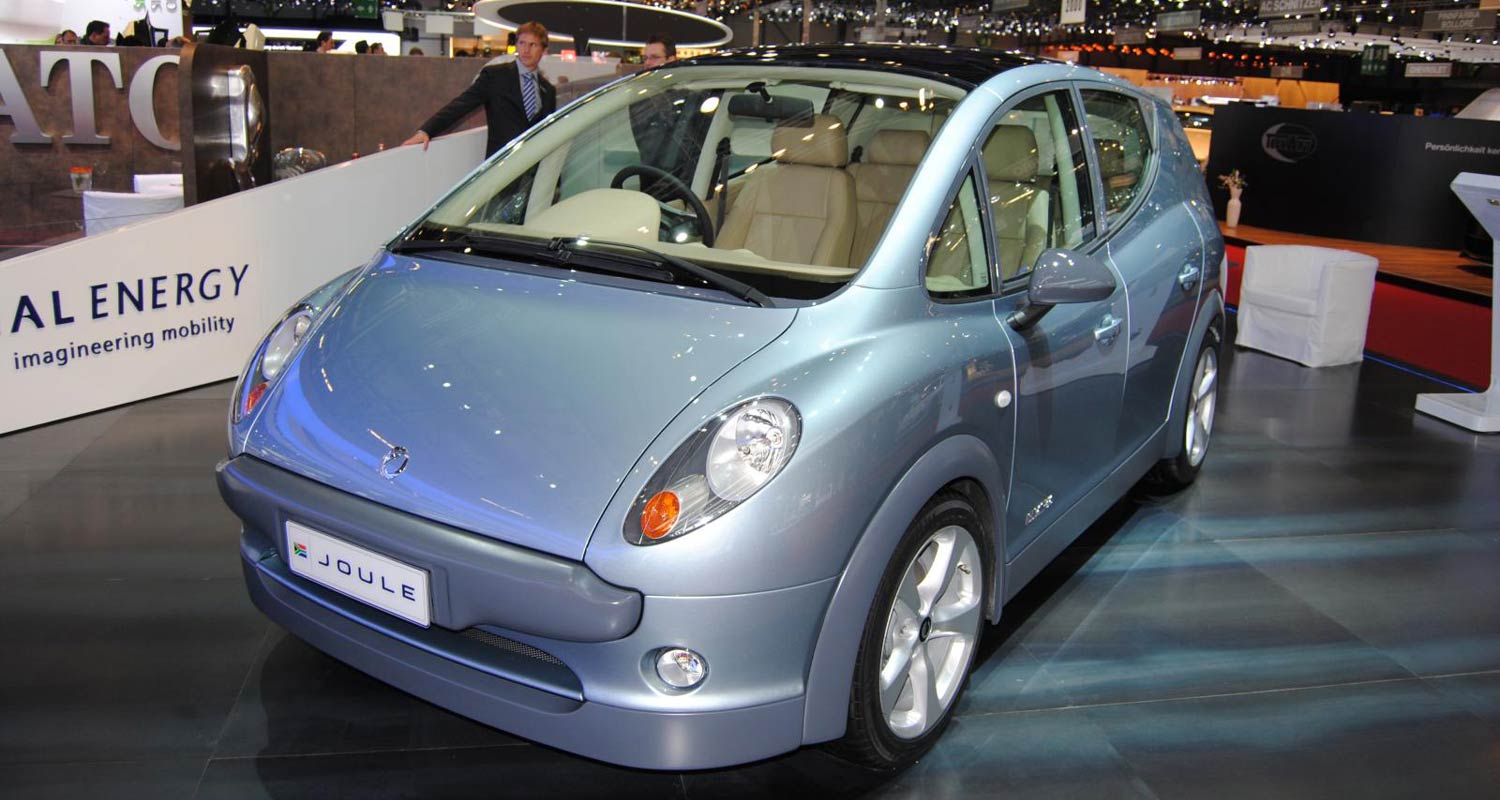South Africa, a nation bestknown for its stunning landscapes and rich cultural tapestry, also possesses a remarkable history of scientific and technological innovation.
From ground-breaking medical procedures to everyday conveniences and world-beating engineering solutions, South African inventors have left an indelible mark on the world.
From CT scanners to a pioneering electric car, TechCentral has collated 15 of the best inventions from South Africa – and had a look at the people behind them.
1. Computed tomography scanner (circa 1960)
While the first working scanner was built in the UK, South African physicist Allan MacLeod Cormack developed the crucial mathematical techniques and algorithms necessary for computed tomography (CT) scanning. His theoretical work, conducted partly at the University of Cape Town, laid the foundation for reconstructing a cross-sectional image from X-ray projections. For this contribution, he shared the 1979 Nobel Prize in Physiology or Medicine with Godfrey Hounsfield.
2. Wadley Loop receiver (1950s)
Invented by Dr Trevor Wadley at the CSIR in the 1950s, the Wadley Loop receiver was a highly sophisticated radio receiver circuit. Its genius lay in using a harmonic mixing system to cancel out frequency drift, allowing for stable, accurate tuning across wide frequency bands without requiring numerous expensive, precision-cut crystals. This significantly improved the performance and versatility of high-frequency communications receivers used globally for decades.

3. Tellurometer (1957)
Another ground-breaking invention by Wadley and his team at the CSIR, the Tellurometer was the world’s first successful microwave electronic distance measurement (EDM) device. Introduced around 1957, it allowed surveyors to measure distances between points tens of kilometres apart with high accuracy and speed by timing microwave signals. It revolutionised geodetic surveying, mapping and large-scale engineering projects worldwide.
4. Dolosse (1963)
Anyone who has visited a South African harbour or indeed many harbours around the world, will recognise these distinctive, interlocking concrete blocks. Dolosse were invented by Eric Merrifield, the then-harbour engineer in East London. Designed to protect harbour walls and breakwaters from the immense power of waves, their complex geometric shape dissipates energy effectively and they remain stable even under severe conditions.

5. Kreepy Krauly (1974)
Making pool maintenance significantly easier for millions worldwide, the Kreepy Krauly automatic pool cleaner was invented by Ferdinand Chauvier, an engineer who immigrated to South Africa from Belgian Congo. Developed in Springs, Gauteng, the Kreepy uses the suction from the pool’s pump to navigate the pool floor and walls, vacuuming up debris as it goes. It became a huge commercial success and a staple for pool owners globally.
6. Pratley Putty (1960s)
This incredibly strong epoxy adhesive was invented by George Pratley in Krugersdorp while he was trying to create a glue to hold components inside an electrical box together. Pratley Putty gained international fame for its remarkable strength and versatility. It even achieved cosmic renown, being used aboard the Apollo 11 Eagle landing craft during its mission to the moon, making it the only South African product to have travelled all the way to the lunar surface.
7. Sasol’s oil-from-coal technology (from the 1950s)
While based on the German Fischer-Tropsch process, the South African Coal Oil and Gas Corporation (better known as Sasol) pioneered the large-scale, commercially viable conversion of coal into synthetic fuels and chemicals. Driven initially by the need for energy independence during apartheid-era sanctions and the country’s lack of crude oil reserves, Sasol became a world leader in gas-to-liquids and coal-to-liquids technology.
![]() 8. Q20 lubricant (1950)
8. Q20 lubricant (1950)
A ubiquitous product in South African households and workshops, Q20 is a multipurpose lubricant and water displacer. It was invented in Pinetown, KwaZulu-Natal, by a Mr Robertson. The name reportedly stands for “having 20 answers to 20 questions”, highlighting its versatility for stopping rust, easing friction, and cleaning and protecting metal surfaces.
9. Speed gun used in cricket – (circa 1992)
While radar speed guns existed earlier, the specific application and refinement for accurately measuring the speed of cricket balls is strongly linked to South African innovation. Engineer Henri Johnson, working with the company Tellumat in Cape Town, is often credited with developing the system that became standard in international cricket broadcasts, adding a new dimension to the analysis and enjoyment of the sport.

10. Backtracker (2014)
A privately held company based in Stellenbosch, iKubu, developed a “Backtracker” low-energy bike radar system that provided cyclists with situational awareness by displaying the speed and distance of vehicles approaching from behind. In January 2015, Garmin acquired the assets of the start-up company and integrated it into its portfolio of products.
11. Retinal Cryoprobe (1965)
Johannesburg ophthalmologist Dr Selig Percy Amoils invented the Amoils Cryo-Pencil in 1965. This device used the extreme cold generated by rapidly expanding gas (like nitrous oxide or carbon dioxide) through a fine tip to freeze and adhere to eye tissues. It significantly advanced ophthalmic surgery, particularly for repairing retinal detachments and, most famously at the time, for intracapsular cataract extraction, making the procedure much safer and simpler. Amoils received international acclaim and awards for this invention.
![]() 12. CyberTracker software (circa 1996)
12. CyberTracker software (circa 1996)
Initially conceived by Louis Liebenberg and developed with Justin Steventon, CyberTracker was created to empower illiterate Kalahari San trackers to record complex ecological observations using handheld devices. Its genius lies in the simple, customisable, icon-based interface that allows users, regardless of literacy level, to capture detailed, geo-referenced data points (animal sightings, track details and environmental conditions, for example). This free software has become a global tool used in conservation, wildlife management, agriculture, environmental monitoring, disaster relief, citizen science and empowering indigenous knowledge systems.
13. Pay-as-you-go mobile system (circa 1994 to 1996)
South African mobile networks MTN and Vodacom were global pioneers in launching and scaling the prepaid mobile phone system. This commercial model allowed users to buy airtime upfront without contracts, providing access to mobile telephony to millions of people who couldn’t previously afford it. It became the blueprint for mobile telecommunications across the developing world.

14. Joule electric car (developed 2008 to 2012)
Developed by Cape Town-based company Optimal Energy, the Joule was a stylish, five-seater, all-electric passenger vehicle designed by Keith Helfet. Unveiled in 2008, it represented a significant South African endeavour in the emerging EV market, but was way ahead of its time. While prototypes were built, the ambitious project ultimately did not secure sufficient funding for mass production.
15. Mxit (launched in 2005)
Founded by Herman Heunis, Mxit was a pioneering mobile instant messaging application in the pre-smartphone era. Running primarily on feature phones using Java, it offered extremely low-cost communication using mobile data. With chatrooms and social features, it exploded in popularity, particularly among young South Africans, reaching tens of millions of users at its peak and dominating the local social mobile landscape before the global rise of smartphone platforms like WhatsApp. Mxit closed in 2016 under new ownership. Heunis passed away in 2022 after a two-year battle with pancreatic cancer. – © 2025 NewsCentral Media
Get breaking news from TechCentral on WhatsApp. Sign up here.
Don’t miss:
TCS | How South Africa’s Milkor became a global player in drone innovation
Crédito: Link de origem



 8. Q20 lubricant (1950)
8. Q20 lubricant (1950)